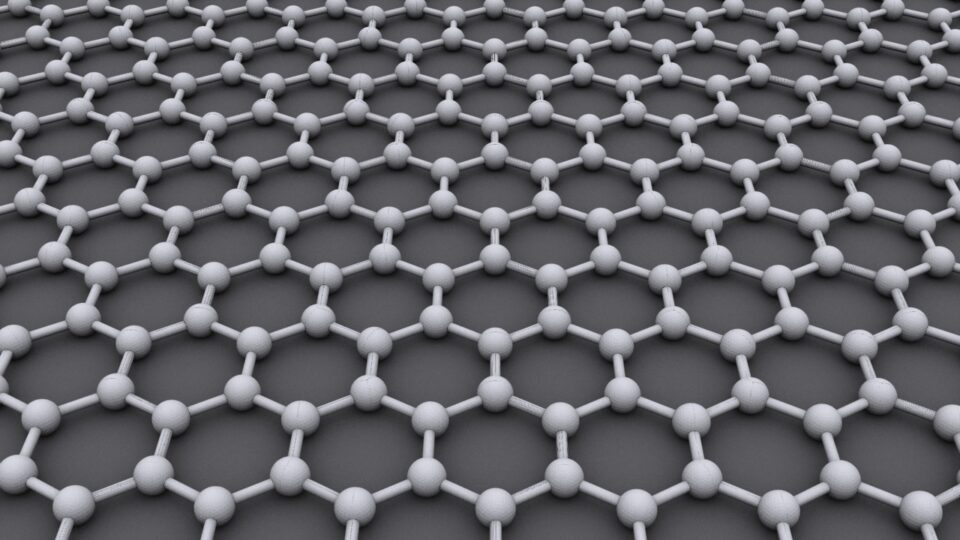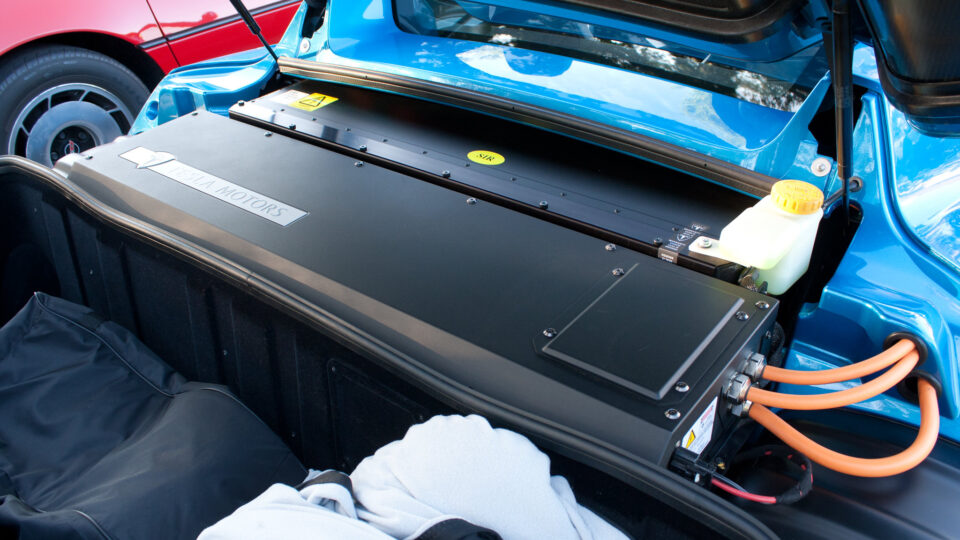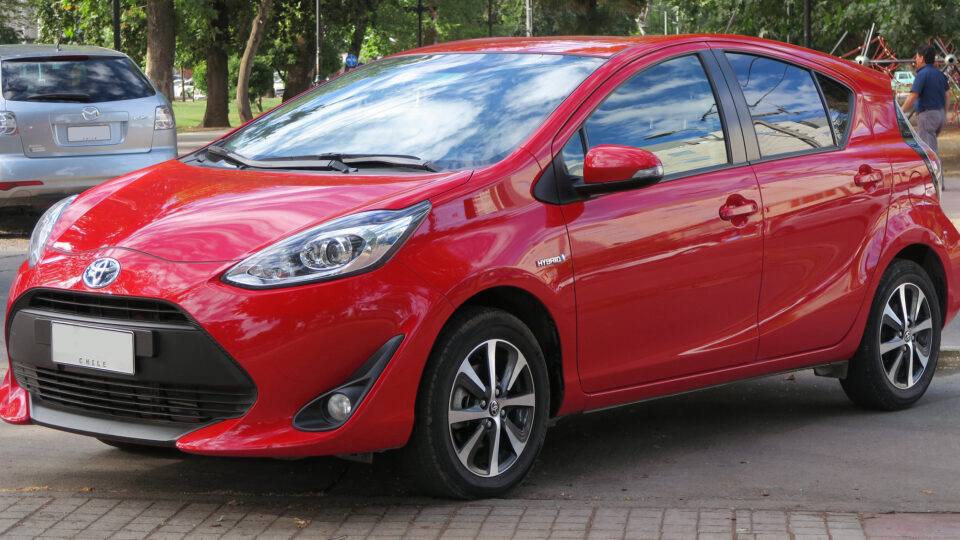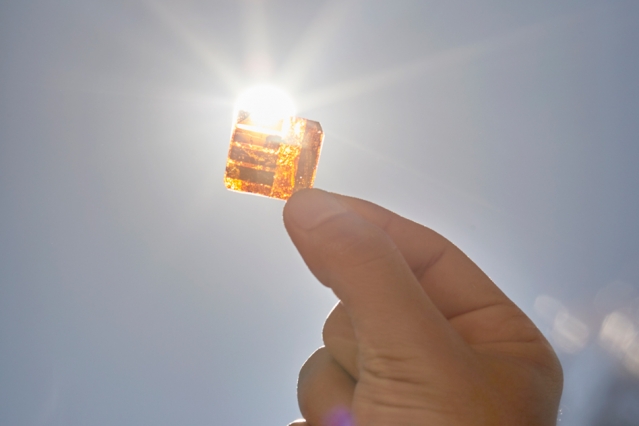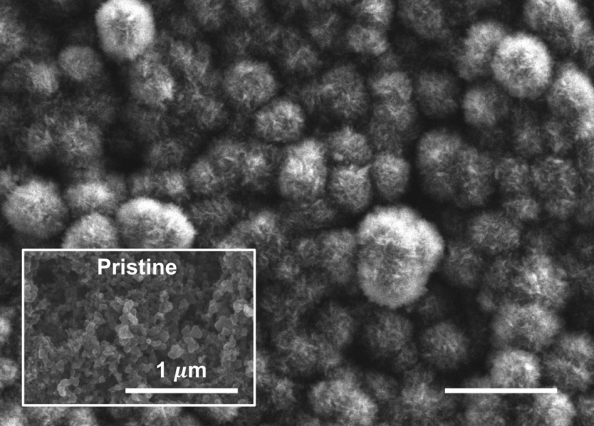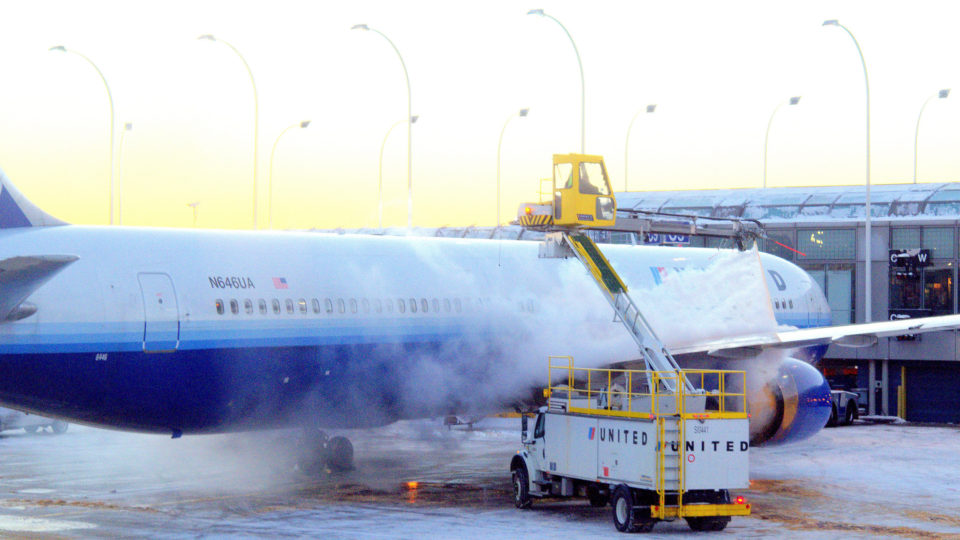Since the 1990s, populations of coho salmon in streams and urban creeks up and down the West Coast have been dying in large numbers. Scientists at the University of Washington began studying the mysterious deaths and it took years to figure out what was going on. They analyzed water samples from urban creeks and found that chemicals from vehicle tires were present. By soaking tires in water, they found that more than 2,000 chemicals were present. It took three years to narrow down the suspect list to one chemical: a toxin called 6PPD-quinone, which is produced when the common tire preservative 6PPD mixes with oxygen. It is that chemical that was responsible for the salmon die-off.
6PPD-quinone is toxic enough to quickly kill some fish. Studies showed that concentrations of the chemical in stormwater were found to be lethal for coho salmon following exposures lasting only a few hours.
Despite the discovery, the tire industry has continued to use the chemical in its products. The industry says 6PPD is an antioxidant and antiozonant that helps prevent degradation and cracking of tires in the environment and is essential for the performance and safety of vehicles.
Last year, California regulators directed the tire industry to seek out substitutes for 6PPD. The U.S. Tire Manufacturers Association pledged to investigate possible safer alternatives to the chemical.
In November, spurred by a petition by West Coast tribes whose lifeways depend on coho salmon, the EPA said it will study the impact of 6PPD with an eye to potentially banning its use.
**********
Web Links
After Salmon Deaths, EPA Takes Aim at Toxic Chemical Issuing from Car Tires
Photo, posted May 31, 2021, courtesy of Chris Yarzab via Flickr.
Earth Wise is a production of WAMC Northeast Public Radio





